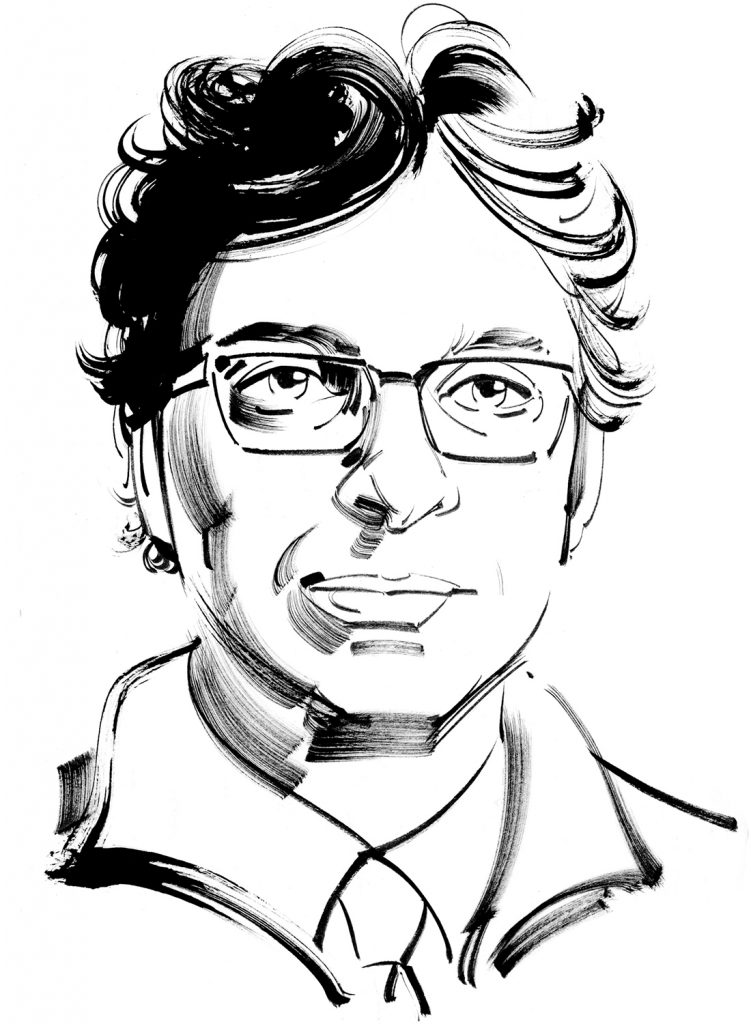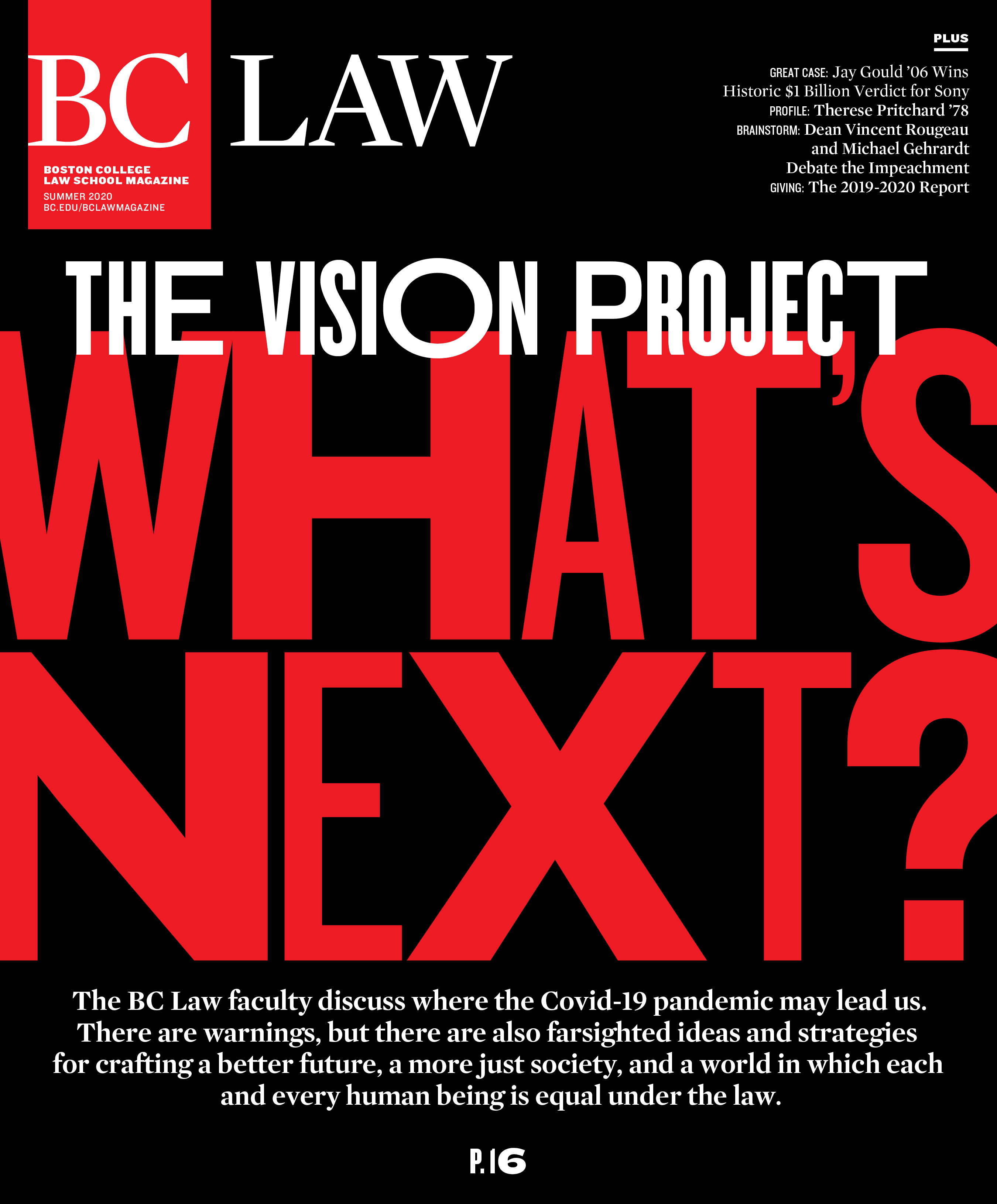Professor Paulo Barrozo’s work offers new understandings of rights, punishment, cruelty, structural mercy, the nature of the political realm, legal education, markets institutionalization, and the nature and evolution of law.
What are simplifers and why are they dangerous? From time to time, significant minorities of the global population experience the world as too complex, and people lose patience for dealing with complexity. That’s when the world becomes vulnerable to simplifiers. The last time that happened was with the rise of fascism in the 1920s, and it led to global tragedy. You can’t wish away complexity. In their response to the pandemic, simplifiers have been lethal.
The US, Brazil, and elsewhere are engaging in a ruling technique that opportunistic simplifiers sooner or later invariably deploy: the creation of internal and external “others” and enemies, and the release of their supporters from the duties of civility in order to stir and channel primal emotions against targeted minorities. So, we see fascist iconography appearing in pro-Trump and pro-[Brazilian President Jair] Bolsonaro rallies. We see discord used to further promote otherization. It is a feedback loop of divisiveness, injustice, and lawlessness.
Can champions of the rule of law provide an antidote? State and local governments, the courts, administrators, task forces, and central banks, can partially contain the chaos and confusion that Trump and Bolsonaro are trying to sow. Interestingly, the first people who ceased to admire Trump and Bolsonaro were the professional administrators around them.
What changes to legal and political systems would strengthen societies facing future emergencies? One way to begin would be at the level of legal thought, where a proper concept of the state never fully developed, remaining stunted at the mere notion of government. This could lead to the creation of semi-independent institutions legally charged with the monitoring, preparation, prevention, and response coordination to the several areas of global risk that haunt the 21st century.
To read other pieces in this issue’s The Vision Project, click here.



